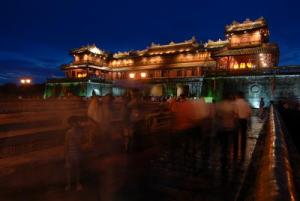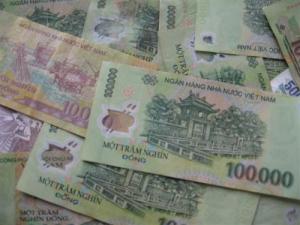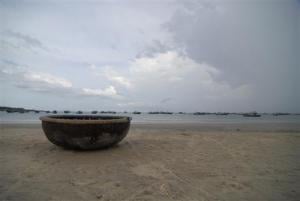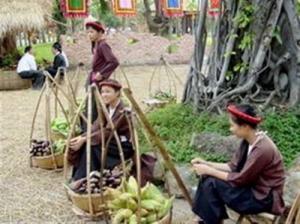Thang Long Royal Citadel; the Newest Addition to Vietnam’s list of UNESCO-recognized sites
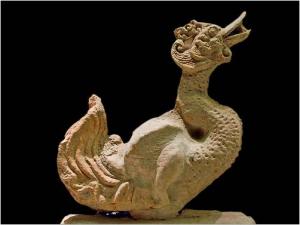
The World Heritage Committee adds five new cultural sites in its list, putting Vietnam’s Thang Long Royal Citadel as the 900th site recognized this far. The committee’s meeting, which took place in Brasilia on August 1, inscribed four other sites from China, Tajikistan, France and the Netherlands in the UNESCO World Heritage List. Built in the 11th century by the Ly Viet Dynasty, the citadel marks the independence of the Dai Viet. It was constructed on the remains of a Chinese fortress dating from the 7th century, on drained land reclaimed from the Red River Delta in ${bigcity_Hanoi:"Hanoi"}. It was the centre of regional political power for almost 13 centuries without interruption. It was first discovered in late 2002 during excavation work to build a new national assembly on Hoang Dieu Street.
With its strong reflection of a unique South-East Asian culture specific to the lower Red River Valley, at the crossroads between influences coming from China in the north and the ancient Kingdom of Champa in the south, it had then been given high regard. Several weeks before the UN body is held its 34th session held in Brazil, the site was among the 39 nominees, of which was carefully discussed by the committee. After meeting three out of 6 criteria set up by the body, the Thang Long Royal Citadel was officially recognized. Among the standards met include the length of its cultural history, the continuity of the citadel as a centre of power, and the variety of relics it contains. With an area of 138,000 sq.m., including an archaeological relic site of over 47,000 sq.m at 18 Hoang Dieu Street, there is indeed a vast amount of relics sitting in the place, of which are influenced by many different cultures, theories, and systems of thought.
The centre of the citadel embodies the enduring cultural tradition of the people of Vietnam’s Red River Delta, a tradition which has existed for 13 centuries. Years after its discovery, restoration efforts began in 2006 shortly after it was officially recognized as a special national relic. This new addition to UNESCO’s list is another of the many accomplishments of Vietnam, and is another of the country’s pride. Prior to this latest recognition, Vietnam already has nine vestiges that are listed as World Heritage sites including the old imperial capital of Hue, Ha Long Bay, Hoi An Town, the My Son Sanctuary, and the Phong Nha-Ke Bang National Park. The UNESCO World Heritage stamp is a valuable asset for countries as it greatly boosts tourism. With Hanoi’s millennial anniversary coming up quickly ahead, this is a huge significance to the celebration and for the entire of Vietnam as well.





